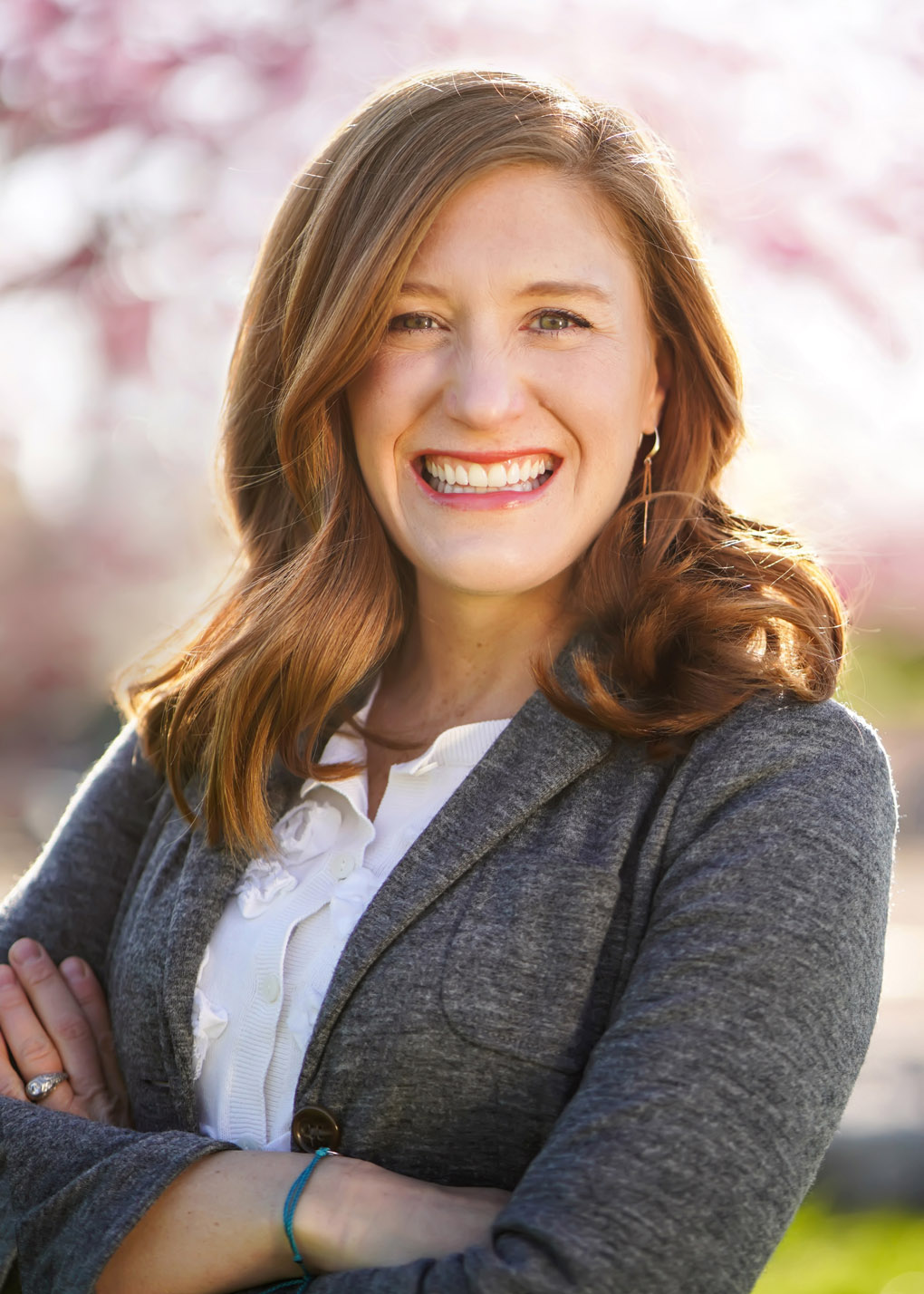Haley Horstman
Haley Horstman

PhD, University of Nebraska-Lincoln (2012)
Dr. Haley Kranstuber Horstman researches how families communicate to make sense of their adversity and diversity. She grounds much of her work in narrative theorizing and methodology. Currently, she is working in the contexts of miscarriage, adoptive families, family storytelling and resilience, and pregnancy during the COVID-19 pandemic.
Her work has been published in top-ranked peer-reviewed journals and been awarded more than fifteen Top Paper Awards at international, national, and regional conferences. She has received the 2019 New Scholar Award from the Interpersonal Communication Division of the National Communication Association.
Dr. Horstman has been granted and consulted on several university- and nationally-funded grants, including those funded by the NIH, MU’s Research Council, MU’s Tri-Continental (3C) Partnership Grant, and MU South Africa Exchange Program Grant, which funded her research in Cape Town, South Africa on parent-child communicated sense-making about apartheid. Dr. Horstman was awarded the Fulbright U.S. Scholar Award for the 2021-2022 academic year to research family storytelling and resilience in Warsaw, Poland with the Polish Institute of Advanced Studies. Dr. Horstman is a blogger for Psychology Today.
Dr. Horstman is the director of international programs in the department and the former program director for the Communication and Culture study abroad program, located in Siena, Italy (https://communication.missouri.edu/undergrad/abroad).
COMMUN 3561 – Relational Communication
COMMUN 3422 – Communication Research Methods
COMMUN 8310 – Seminar in Interpersonal Communication
COMMUN 9280 – Seminar in Communication Theory
COMMUN 9310 – Seminar in Family Communication
COMMUN 9330 – Special Topics in Interpersonal Communication – Narratives in and about Personal Relationships
*Indicates graduate student author
Horstman, H. K., *Morrison, S. M., McBride, C., & Holman, A. (2021). How men integrate others’ messages into their miscarriage story: The role communicated narrative sense-making in memorable message theorizing. Health Communication. https://doi.org/10.1080/10410236.2021.1973718
Colaner, C. W., *Bish, A., *Butauski, M., *Hays, A., & Horstman, H.K., *Nelson, L. R. (2021). Communication privacy management in open adoption relationships: Negotiating co-ownership across in-person and mediated communication. Communication Research. https://doi.org/10.1177/0093650221998474
*Charvat, E., Horstman, H. K., *Jordan, E., *Leverenz, A., & *Okafor, B. (2021). Navigating pregnancy during a pandemic: Pregnant women’s communicated narrative sense-making and received social support during the COVID-19 pandemic. Journal of Family Communication, 21(3), 167-185. https://doi.org/10.1080/15267431.2021.1932503
Horstman, H.K., Holman, A., & *Johnsen, L. (2021). Fathers’ parental role strain loss after miscarriage: How men seek support and manage stress. Southern Communication Journal, 86(3), 256-276. https://doi.org/10.1080/1041794X.2021.1919918
Koenig Kellas, J., *Baker, J., *Cardwell, M. E., *Minniear, M.C., & Horstman, H. K. (In press). Communicated perspective-taking (CPT) and storylistening: Testing the impact of CPT in the context of friends telling stories of difficulty. Journal of Social and Personal Relationships. [online publication first] doi:10.1177/0265407520955239
*Butauski, M., & Horstman, H. K. (2020). Parents’ narrative sense-making of their children’s coming out experiences. Journal of Family Communication, 20(4), 345-359. doi:10.1080/15267431.2020.1794872
Warner, B., Horstman, H. K., & Kearney, C. (2020). The effects of a narrative writing intervention on young adults’ perspective-taking of the political opposition. Journal of Applied Communication Research, 48(4), 459-477. doi:10.1080/00909882.2020.1789195
Trask, S. J., Horstman, H. K., & Hesse, C. (2020). Deceptive affection across relational contexts: A group comparison of romantic relationships, cross-sex friendships, and friends with benefits relationships. Communication Research. 47(4), 623–643. doi:10.1177/0093650219841736
Horstman, H. K., Holman, A., & McBride, C. (2019). Expanding the communicated sense-making model: Men’s use of metaphors to make sense of their spouse’s miscarriage. Health Communication, 35, 538-547. doi:10.1080/10410236.2019.1570430
Shaffer, V.A., Bohanek, J., Focella, E.S., Horstman, H. & Saffran, L. (2019). Encouraging perspective-taking: Using narrative writing to induce empathy for others engaging in negative health behaviors. PLOS ONE, 14, e0224046. doi:10.1371/journal.pone.0224046
Holman, A., & Horstman, H. K. (2019). Similarities and dissimilarities in spouses’ narratives of miscarriage: A dyadic analysis of communicated narrative sense-making and well-being. Journal of Family Communication, 19(4), 293-310. doi:10.1080/15267431.2019.1628763 [lead article]
Horstman, H. K. (2019). Young adult women’s narrative resilience in relation to mother-daughter communicated narrative sense-making and well-being. Journal of Social and Personal Relationships, 36, 1146–1167. doi:10.1177/0123456789123456
Horstman, H. K., Schrodt, P., Warner, B., Koerner, A., *Maliski, R., *Hays, A., & Colaner, C. W. (2018). Expanding the conceptual and empirical boundaries of family communication patterns: The development and validation of an expanded conformity orientation scale. Communication Monographs, 65, 157-180. doi:10.1080/03637751.2018.1428354
Horstman, H.K., Colaner, C.W., *Nelson, L.R., *Bish, A., & *Hays, A. (2018). Communicatively constructing the birth parent relationship in open adoptive families: Naming, connecting, and relational functioning. Journal of Family Communication, 18, 183-152. doi:10.1080/15267431.2018.1429444
Colaner, C. W., Horstman, H.K., & Rittenour, C. R. (2018). Negotiating adoptive and birth shared family identity: A social identity complexity approach. Western Journal of Communication, 82, 393-415. doi:10.1080/10570314.2017.1384564